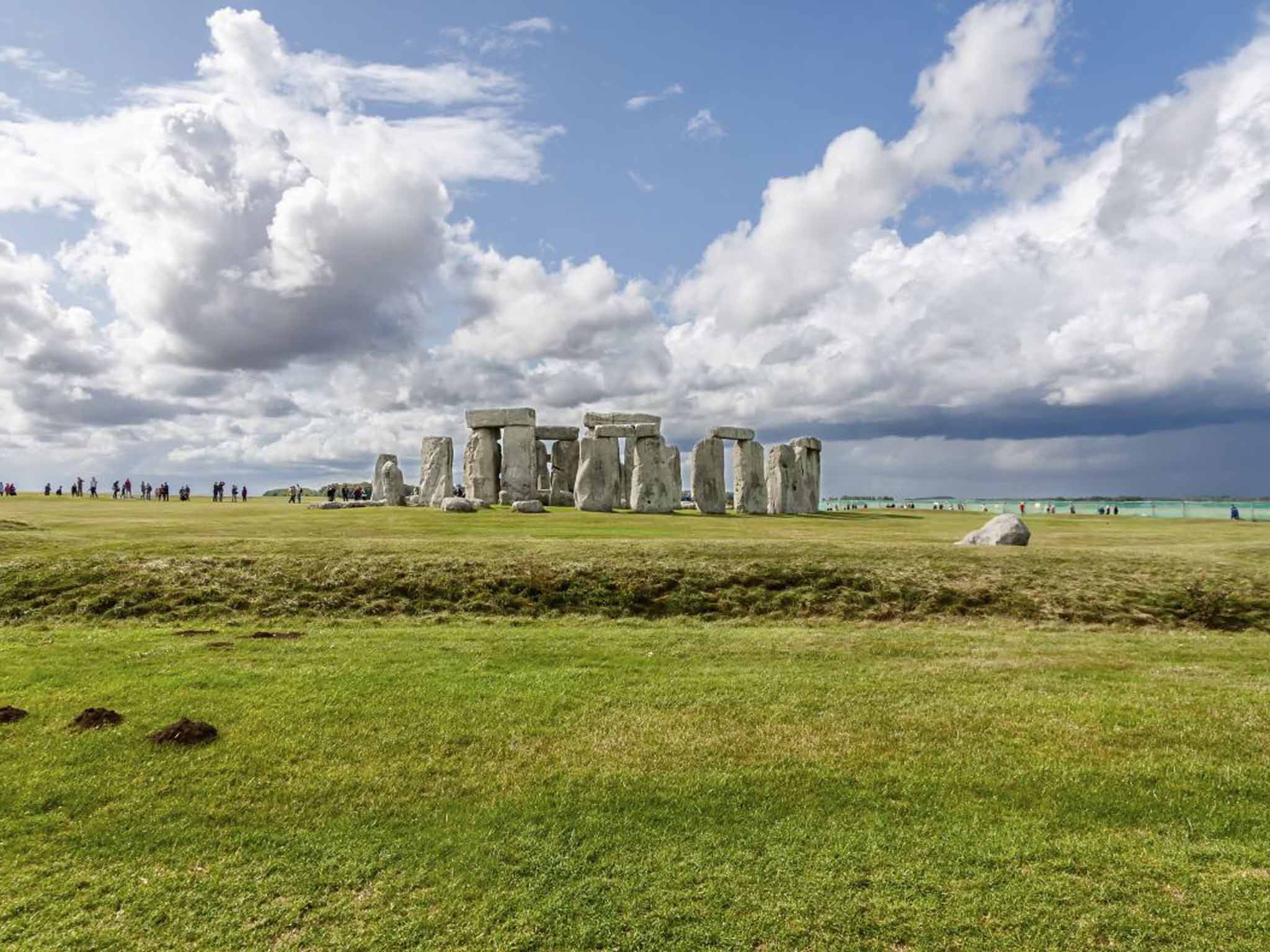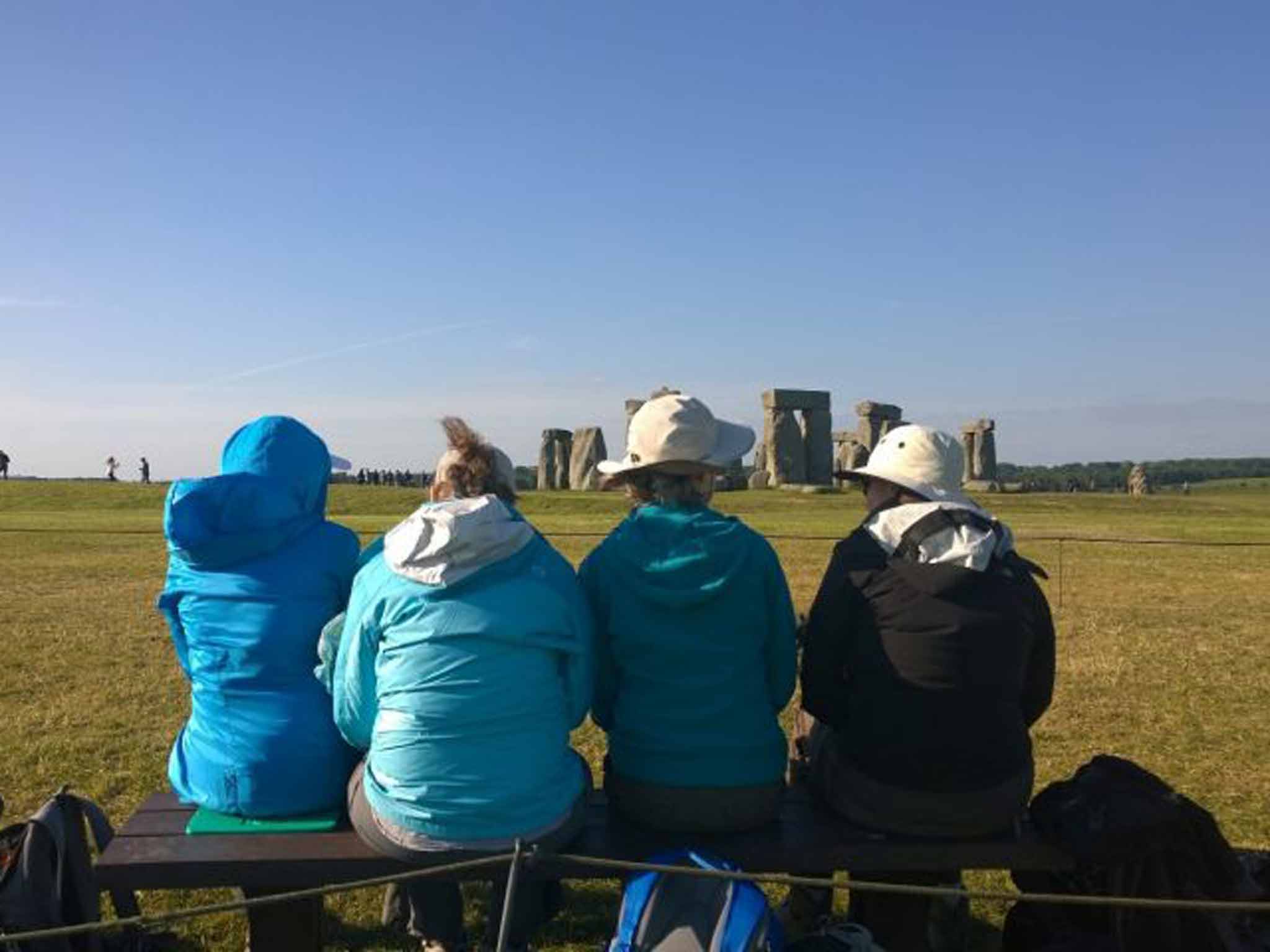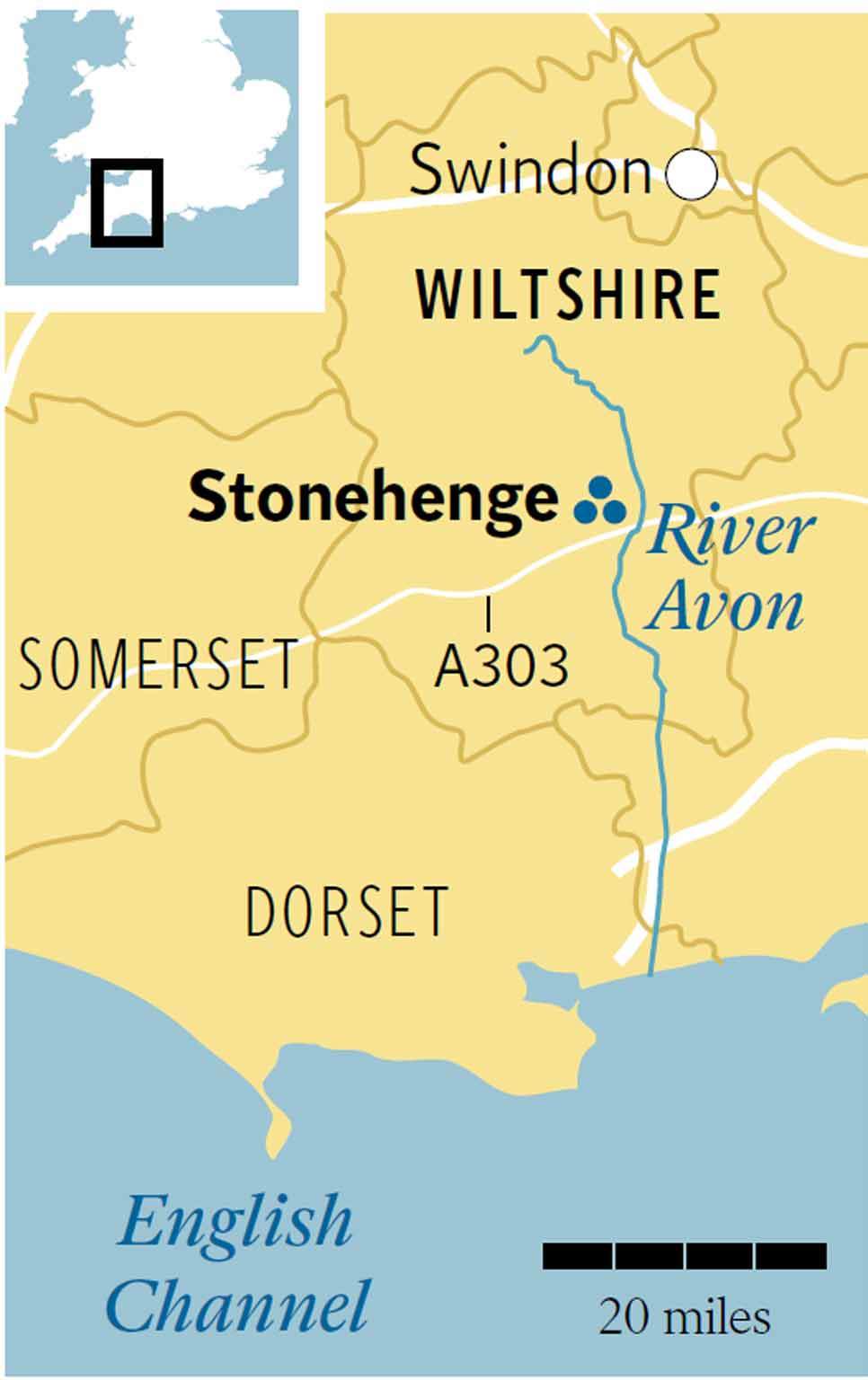The Independent's journalism is supported by our readers. When you purchase through links on our site, we may earn commission.
Stonehenge walking tour: Sunrise and stones on the horizon
As this prehistoric monument prepares for the summer solstice, Ellie Ross joins a new tour offering an authentic view of the site

Your support helps us to tell the story
From reproductive rights to climate change to Big Tech, The Independent is on the ground when the story is developing. Whether it's investigating the financials of Elon Musk's pro-Trump PAC or producing our latest documentary, 'The A Word', which shines a light on the American women fighting for reproductive rights, we know how important it is to parse out the facts from the messaging.
At such a critical moment in US history, we need reporters on the ground. Your donation allows us to keep sending journalists to speak to both sides of the story.
The Independent is trusted by Americans across the entire political spectrum. And unlike many other quality news outlets, we choose not to lock Americans out of our reporting and analysis with paywalls. We believe quality journalism should be available to everyone, paid for by those who can afford it.
Your support makes all the difference.At first it was a blur on the horizon, a small, grey silhouette rising softly into the haze. Grassy meadows dotted with cowslips and grazing sheep rolled around me.
The silence was broken only by birdsong and the occasional scuff of our boots. The path dipped down into a valley before veering left – and the blur came into focus as that familiar stone circle and one of Neolithic man's most astonishing achievements, Stonehenge.
Standing proud on the skyline, it was magnificent to behold as I followed the remnants of a parallel pair of ditches and banks. I was walking up The Avenue, the ancient ceremonial approach which once connected Stonehenge to the River Avon and which is aligned with the sunrise of the summer solstice. This is the view people would have seen more than 4,000 years ago, when they trekked up here on the final leg of their journey.
My own journey on foot had begun eight miles south, in the Woodford Valley, where the River Avon criss-crosses verdant wheat fields and dense forest. I had arrived with a group of four other walkers accompanied by David Howell, guide and local historian from the walking specialist Foot Trails.
"We're out here to enjoy the countryside," he said, hoisting on a hefty backpack as we prepared to embark on Journey to the Stones, a new monthly guided walk. "Please switch off your phones."

Within moments my surroundings seemed to burst into life – the smell of wet nettles, the chirrup of skylarks, a butterfly flitting next to my elbow. We crossed a footbridge over the Avon, a tranquil, blue-black stretch that flows from Salisbury Plain to Christchurch in Dorset, 38 miles away.
"The river was an important transport route for ancient man, and played a vital role in the construction of Stonehenge," David explained.
Not only was the Avon a highway for transporting fish, it is believed the river was used to carry the dolerite bluestones of the inner ring, which came from Wales. Although the exact origins and purpose of Stonehenge have been lost, theories as to why it was built range from human sacrifice to astronomy. But what remains is not what the original builders would have seen, as it is at least the third monument that has stood on this site.
Around 2150BC, it changed from a henge – a ditch and bank of earth – to a monument of growing importance, featuring the bluestones and later huge Sarsens from the Marlborough Downs. Work stopped around 1500BC, leaving the stone circle roughly as it is today.
Shadowing the river, we dropped into dense forest peppered with wild garlic, crossed Lower Woodford with its pretty cottages and thatched cob walls, then paused beside a field of flint.
"There was something special about the position of Stonehenge," David said, offering around a tin of barley sugars. "We are in a chalk landscape – the flint in these fields is compressed chalk. In prehistoric times, it was easier to travel on the chalk downs than in dense valleys. Stonehenge is a natural junction for England's chalk downs, where you can move in all directions, but remain high. Being at the heart of this superhighway meant it was an ideal meeting point for people who were dispersed around the landscape."
We pressed on, taking in views of Lake House, the Elizabethan home of Sting, who recorded "Fields of Gold" there after apparently being inspired by the surrounding barley fields. Climbing steadily, we entered what David called the "sacred heart of the landscape", punctuated with barrows, or burial mounds, which would once have been white.
As we climbed, a dozen grassy lumps rose out of the downs around us, expanding and contracting as our perspective shifted. Then, a gap on the horizon opened to reveal the distant but unmistakable outline of Stonehenge, bathed in sunlight, about half a mile away. The monument is false-crested, set slightly below the summit, to make it visible both from the valley and from afar.

After half a day on David's route, avoiding the busy national trails, we had passed no other walkers, and now I felt like we had the stones all to ourselves. It was the perfect spot for a picnic.
"Most people go straight to the stones or simply drive past them on the A303," David said, producing a blanket and wonderful bread, cheeses, tea and cake from his backpack. But you don't see the significance of these barrows without walking through them. As a monument, Stonehenge is so much about its landscape. It was designed to be seen from afar, as well as from inside the stone circle."
Refuelled, we skirted a wide semi-circle around the stones to see them at different angles. Each time I paused and looked towards them, they appeared different, first short and fat, then tall and thin. But all the while they were mesmerising, a dramatic display of human ingenuity that took more than 30 million hours of labour to create.
After a busy but brief crossing of the unavoidable A303, we traversed a field to join The Avenue bending up from the Avon, turning south-west for our final approach.
Standing in the stone circle, as the shadows hugged the ground, I looked out towards the fields with their lumpy barrows, and down the chalk-strewn Avenue, where the sun will soon rise, marking the summer solstice.
Walking there
Foot Trails (01747 820626; foottrails.co.uk) offers 'Journey to the Stones' on the first Thursday of every month, until 6 October. The guided day walk costs £75, including return transfers from Salisbury railway station, picnic lunch, entrance to Stonehenge, the services of a guide – and the occasional fortifying barley sugar. Private guided tours can be organised on request.
More information
Join our commenting forum
Join thought-provoking conversations, follow other Independent readers and see their replies
Comments